Good morning, good morning!
The annual arrival of ethereal sunsets and a light, hazy fog is coming to the Caribbean a little early this year. Deriving from the Saharan desert in Northern Africa, a massive plume of dust is expected to bring its haze within the next few weeks. Typically not seen until May or June, the Saharan Air Layer, or SAL, will be making its first appearance on the northernmost tip of South America by today. By next week, small clouds of dust and sand will begin to coat the Lesser Antilles.
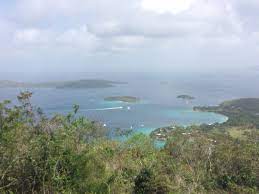
According to National Oceanic and Atmospheric Association (NOAA)’s Saharan Air Layer Principal Investigator, Jason Dunion, “SAL outbreaks can form when ripples in the lower to middle atmosphere, called tropical waves, track along the southern edge of the Saharan Desert and loft vast amounts of dust into the atmosphere.” The Harmattan wind picks up around 180 million tons of Saharan dust every year, and it occupies an estimated two mile thick layer about one mile above the atmosphere’s surface. Tradewinds blow the dust westward over the Atlantic, sometimes reaching as far as the western United States.
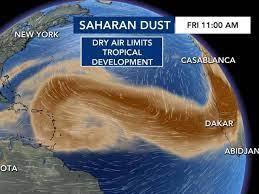
The Saharan Air Layer does more than cast a layer of dust over everything; it impacts our physical health, affects the Atlantic Ocean, Caribbean Sea and Amazonian rainforest ecosystems, and inhibits tropical cyclone formations.
The Saharan dust particles are so tiny and contain pathogens that can irritate the lungs and worsen respiratory and heart conditions. So for those with sensitive allergies, asthma, and other respiratory issues, I highly recommend stocking up on allergy medicine and even wearing a mask if outdoors for prolonged periods of time.
Although Sahara dust has key benefits for the Caribbean Sea, researchers from the Earth Observatory at NASA have found a correlation between the increasing amount of SAL in the atmosphere and coral degradation. Scientists using satellite imagery have been tracking the Saharan dust over the Caribbean since the 1970’s. Coincidentally, this is the same time researchers took notice of a steady decline in coral reefs, specifically around the Virgin Islands.
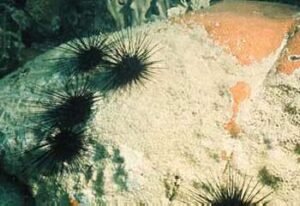
Sea urchins harmed by pathogens
Gene Shinn, a senior geologist at the U.S. Geological Survey Center in St. Petersburg, Florida, hypothesizes that “much of the coral reef decline in the Caribbean is a result of pathogens transported in dust from North Africa.”
Years with higher dust deposition – 1973, 1983, and 1987, coincided with extensive damage to polyps, which make coral. Because there is now a known correlation between heightened dust storms in North Africa and coral degradation along the trade wind path, scientists are increasing their research efforts to minimize the negative impact on coral reefs.

According to Attish Kanhai of the Institute of Marine Affairs for Trinidad and Tobago, the Saharan dust is also rich in minerals such as iron and phosphorus. When the Saharan dust deposits phosphorus into the Amazon by precipitation, it is actually replenishing much needed nutrients into the soil. Amazonian soil is considered nutrient poor because it loses 90% of its phosphorus from rainfall.
It is hard to believe that one of the most biodiverse ecosystems in the world gets much of its help from the Sahara desert!
In addition to providing nutrients for the Amazon, “the iron rich SAL feeds phytoplankton in the Caribbean and along the southeastern United States coast. Phytoplankton photosynthesis is responsible for production of half of the world’s oxygen and uptake of half of the carbon dioxide on the planet.” (Attish Kanhai, IMA)
In the Caribbean, seeing the Saharan plume so early is a good sign. Mineral fragments – such as iron, scatter UV light, reducing sunlight and cooling water temperatures. Also, dust creates dry air pockets. These factors combined with the high winds in the SAL make it difficult for hurricanes to develop. Hurricanes need moisture and warm waters to form and the Saharan dust plume suppresses these environmental conditions. If there is a high volume of dust throughout the summer, a major tropical weather event would be unlikely.
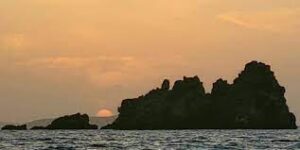
While there are some headaches (for some of us, literally) that the Sahara dust brings, it’s important to remember its benefits such as suppressing hurricane formations and providing minerals to rainforests and ocean life.
For the next few months, take advantage of the gorgeous sunsets, take your allergy medicine and remember, “all things Dust pass” 😉
To watch live updates on the Sahara Dust, click here


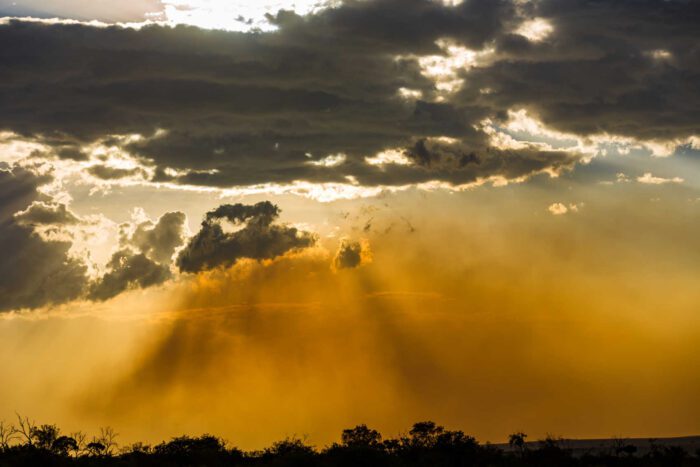
Thanks for such an informative look at the Saharan Dust issue. I always wondered what it was about, and it’s both beneficial and detrimental effects on the islands.
Are you thinking this will be present starting next week?
In the next few weeks, yes! There’s a live tracker link I posted at the end of the article
We have plans to visit in a month and this is concerning. Should we reschedule?
Good morning!
It happens every year and shouldn’t be too much of a cause for concern. I recommend bringing masks just in case anyone in your group has severe respiratory issues.
Best view i have ever seen !